Who does not know the problem: Yesterday the hair was washed and today it looks stringy and greasy again and lacks any shine and any volume. Many think: Now I have to wash my hair again. But that is not correct, it leads to a vicious circle of shorter intervals between washes and an increasingly greasy scalp. Instead, try to wash your hair as little as possible.
Follow our tips for balanced hair care so that your hair is neither too greasy nor too dry, but looks natural, smooth and voluminous.
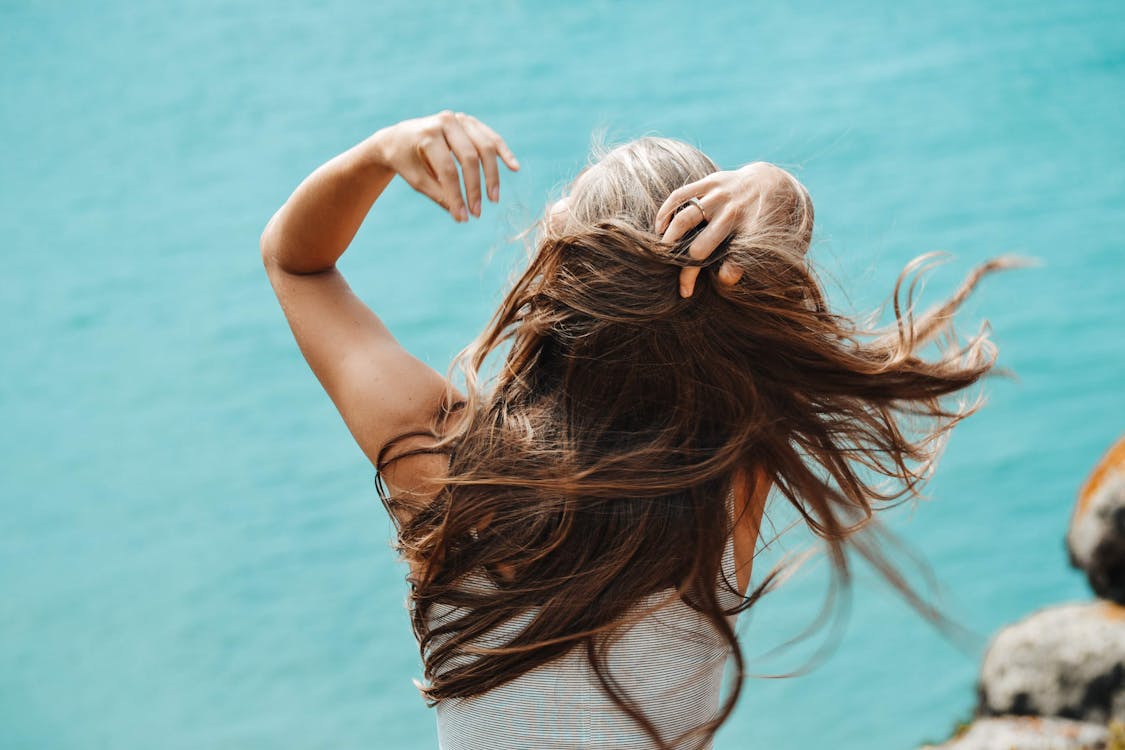
Why should hair be groomed regularly?
Hair, like other organs and parts of the body, should be cared for regularly, otherwise there is a risk of hair breakage and split ends, frizz or problems with the scalp . So if you value voluminous and healthy hair, you should also take good care of your hair.
Condition hair before washing
The right hair care starts before you wash your hair, which many people don't know or don't pay attention to. In order not to stress your hair unnecessarily, you should carefully comb it through, untangle it and undo knots before washing it . The combing should always start in the lower area, from there you slowly work your way up to the hairline.
If you comb in the opposite direction from top to bottom, there is a risk of tightening knots or even pulling out your hair. Only at the end should the entire length of the hair be gently combed through.
For hair that is particularly stressed and prone to dryness, it is also advisable to use a hair oil , either on the tips or along the entire length of the hair, because washing dries out the hair further and the heat makes the hair particularly vulnerable. This also helps against split ends and effectively prevents them.
You can also read here how you can improve oral hygiene .
wash hair properly
The magic formula here is: less is more! Washing your hair dries out your hair and scalp too. Most shampoos intensify this effect because their stated goal is to effectively combat greasy hair.
But be careful: Washing your hair every day sets a vicious circle in motion , because the scalp reacts to the removal of fat by producing more sebum, i.e. regreasing itself. This fat then migrates down the hair and ensures that it quickly becomes just as greasy as it was before washing. This encourages more frequent washing, which only makes the problem worse .
The solution is: wash less . This gives the scalp the chance to reduce sebum production and the hair becomes greasy less quickly. However, the lengthening of the wash cycle means many 'bad hair days' for a while. Perhaps you can also overcome the need to go out the door with greasy hair or spend the particularly bad days in the home office, just before you wash your hair. After a few weeks, the scalp and hair should become less greasy and a gentle wash every two to three days should be enough to have beautiful hair every day.
Read here what you can do if the scalp is peeling off .
Mild shampoo
Shampoos with mild surfactants that gently and thoroughly remove grease and dirt while protecting the scalp are particularly suitable for washing your hair with shampoo. When choosing a shampoo, you should also choose ones without silicones and parabens . These settle on the hair and scalp and 'stick' them together so that care products can no longer penetrate to the important areas. Since they also close off the hair and scalp from the air, they can also accelerate greasing.
Using too much shampoo can also dry out your hair and scalp too much. Therefore, for medium-length hair, only use a hazelnut-sized portion to wash your hair and massage the foamed shampoo into the scalp. With long hair, it can be a little more.
Don't shower too hot
Heat damages hair. Water that is too hot , but also air that is too hot, dries out the hair and makes it brittle . Consider covering your hair in the sauna to protect it and wash your hair with lukewarm water . This protects the outer layer or cuticle of your hair. Tightly fitting scales or platelets ensure smooth, shiny hair, scales that have peeled off or peeled off make the hair brittle and dull.
Hair care after shower
Even after washing your hair , it is still important to avoid heat. If your hairstyle allows, you should avoid using straightening irons, curling irons and the like. It is better to let your hair air dry than to blow dry it. If you can't avoid blow-drying, you should hold the blow-dryer in the direction of hair growth rather than against it so that the dandruff doesn't stand up. Using a towel too vehemently to dry your hair also puts unnecessary strain on it.
Good hair products
If your hair is healthy but affected by dryness and a dull feeling , a treatment with conditioner is recommended in addition to the mild and gentle wash. In addition to the commercially available ones, you can also make your own conditioner very easily and effectively.
Simply mash a banana and mix it thoroughly with a little almond oil and a little coconut milk and apply the porridge to slightly damp hair . In the case of very dry hair, the hairline can be treated as well, in other cases the ends of the hair are sufficient. In order to protect the hair from harmful additives, organic ingredients should be used. Leave the treatment on for about 20 minutes and then rinse the hair thoroughly with lukewarm water.
Particularly dry hair can be treated temporarily or even overnight with almond oil , argan oil or similar. For example, aloe vera spray and rose water can help soothe a dry and itchy scalp .
Rose water can also be used on oily scalps as it has a balancing effect on sebum production . If your scalp quickly becomes greasy, care should be taken to only use oils and conditioners on the lengths and ends of the hair so that they do not come into contact with the scalp.
If your scalp is particularly oily, itchy, and flaky, you should check your symptoms with a dermatologist.
Special care with a hair treatment
While you can use conditioner with every hair wash for dry and dull hair and it is also advisable to care for the hair tips and lengths several times a week, you should be more conservative with hair treatments or hair masks.
The same applies here as with the hair wash itself: less is more. Hair masks and treatments mostly have a moisturizing and greasing effect. It can therefore make sense to use it once or twice a week on damaged hair , but more frequent use can easily lead to an overworked and greasy scalp . A scalp that is too greasy, in turn, results in an unsightly, greasy hairline .
As with washing your hair, you should be a little more economical here, use products that are as mild and natural as possible and stick to a care line that suits you. In this way, you can benefit from the coordinated products and do not run the risk of adverse effects or intolerance.
High quality hair care tools
In addition to shampoo, conditioner, hair treatment and mask, the inconspicuous helpers in the right hair care also play a major role. Even if you do everything right in the areas mentioned, have found the right care line for your personal needs and have discovered the ideal hair washing rhythm, progress in care can quickly be nullified by small mistakes.
So don't fail at the basics. Avoid sharp-edged combs and brushes that can damage the cuticle of the hair. Instead, use brushes with rounded nubs . A towel that is too rough and overuse can also damage hair. After washing or rinsing, pat your hair dry with a microfiber towel or a cloth made of fine organic cotton and avoid applying too much pressure or 'rubbing' the hair.
Hair care for dry hair
Dry hair is not the same as damaged hair, but dry hair is often brittle, lackluster and prone to split ends and breakage. Unhealthy and damaged hair is often the result of hair styling or hair coloring.
First of all, dry and dull hair is a normal consequence of time. The hair is healthiest directly at the root, the longer it grows, the more exposed it is to environmental influences and the more difficult it is to be supplied with nutrients. Long hair therefore requires special care, but too much or the wrong care also dries out the hair and puts unnecessary strain on it. Therefore, follow our tips for hair care so that your hair retains its natural shine for longer.
Have the tips trimmed regularly
Even if you do everything right, follow all our hair care tips and find the right care routine for you personally, you will not be able to avoid having your hair ends trimmed regularly. Especially with long hair , the tips of which are far away from the nutrient supply at the hair root, split ends automatically develop . The hair breaks open at the top, loses its optical volume and looks fluffy.
Even the best hair care can only delay this process, not stop it. So, rather than overdo it with grooming, get your ends (first inch or two) trimmed about every eight to ten weeks to regain your hair's healthy, straight look.
Adapt hair care to the seasons
In addition to the unavoidable aging process of the hair, certain environmental factors mean particular stress for the hair. In summer, the heat and sunlight or the salt water of the sea are particular stress factors . Therefore, avoid going out in the sun with damp hair and use hair treatments or care products with integrated UV protection , or occasionally do without degreasing products such as shampoo.
In winter it is above all the dry heating air in the buildings and the increased use of the hair dryer that strain the hair. Use a particularly moisturizing hair care product here and try to give yourself enough time to allow the hair to air dry.
FAQ
Some frequently asked questions about hair care are briefly answered below.
What is really good for the hair?
Similar to skin, it all depends on your hair type. You can find out how to properly care for your hair with our hair care tips above.
Basically, you should wash healthy hair in particular – as little as possible – with a mild shampoo, avoid heat (hair dryer, straightening iron, curling irons, sauna) and don’t overdo it with care. Dry hair can be treated with moisturizing treatments or oils, but products free of silicone and parabens, which 'stick' the scalp and hair, are preferable.
Oily hair and an oily scalp, on the other hand, have to be washed, mainly for visual reasons, and are generally easier to care for. But be careful: If you wash your hair too often and use too much degreasing or sealing hair care products, the scalp will react with a lot of greasing and the hair will become stringy and lose its volume more quickly. Shortening the interval between hair washes can start a vicious circle.
What order of hair care?
The ideal sequence of hair care can look like this, for example:
-
Comb the hair gently and remove knots.
-
Rinse the hair with lukewarm water.
-
Lather up a hazelnut-sized portion of shampoo in your hands. Then massage the foamed shampoo into the scalp and distribute gently in the hair.
-
Rinse the hair again thoroughly but carefully with lukewarm water and gently pat dry. Avoid 'rubbing' or blow drying.
-
Conditioner, oil, a treatment or a mask can now be applied to the slightly damp hair.
-
Leave the care products to take effect – possibly overnight.
-
Finally, rinse the hair thoroughly with lukewarm water, pat dry and let it air dry.
How to get long and healthy hair?
The be-all and end-all of good hair care is not to overdo it with washing or caring for your hair. The goal should be to slowly increase the interval between washes. Also note your hair type and our tips for hair care.
Don't get discouraged too quickly and accept that on a shampoo day your hair will look less fluffy, shiny and voluminous than on shampooed days.
Those 'bad hair days' decrease when the scalp reduces sebum production, which it will only do if you give it the chance to naturally regulate itself. Use gentle shampoos and try to get by with as few washes and care products as possible.
Conclusion
Getting the perfect, long, shiny and voluminous hair is an art that requires a balanced care routine. Follow our care tips for your hair type and don't get discouraged. Changing your hair care routine with the aim of reducing the scalp’s sebum production takes time. Don't react to every itchy scalp by washing your hair, rather try to endure a 'bad hair day' longer before you wash your hair again.
Just like skin health, diet and mental state also play their part in hair health. Therefore, try to reduce stress, get enough sleep and also consider supplements such as biotin or silica.

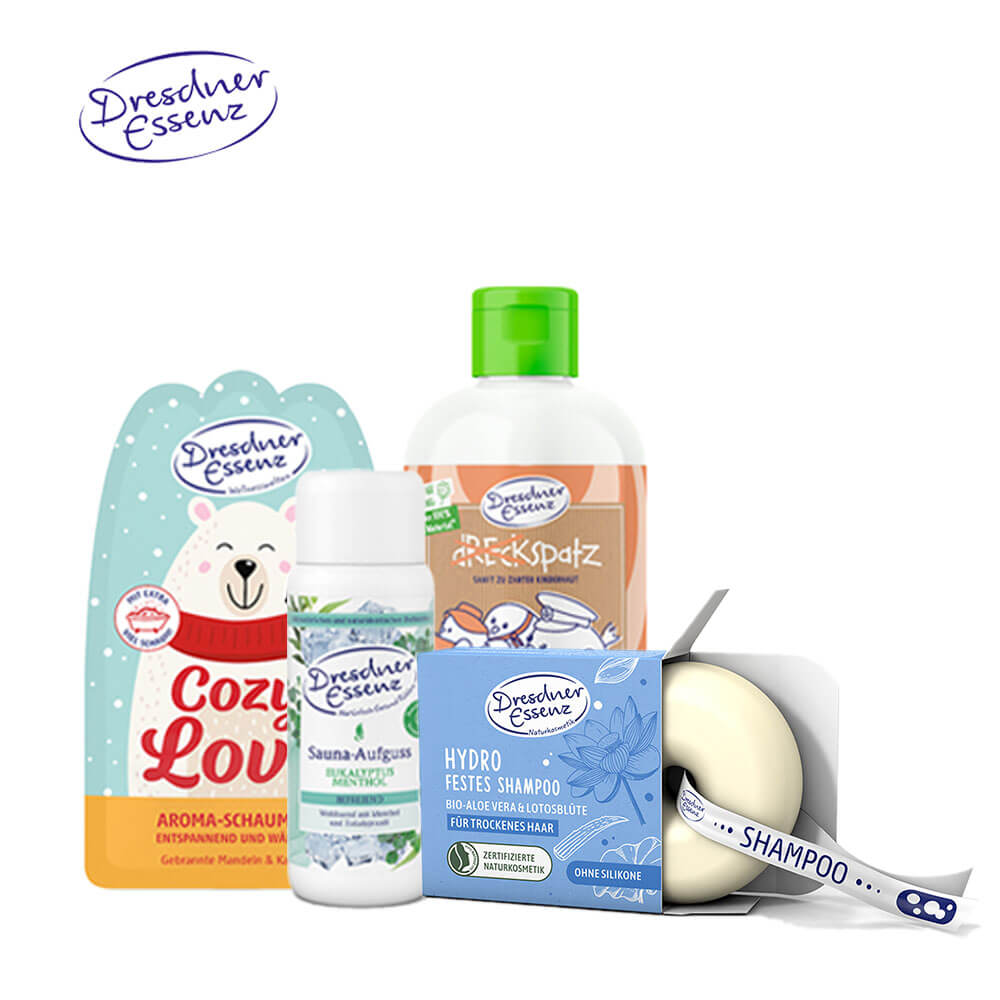
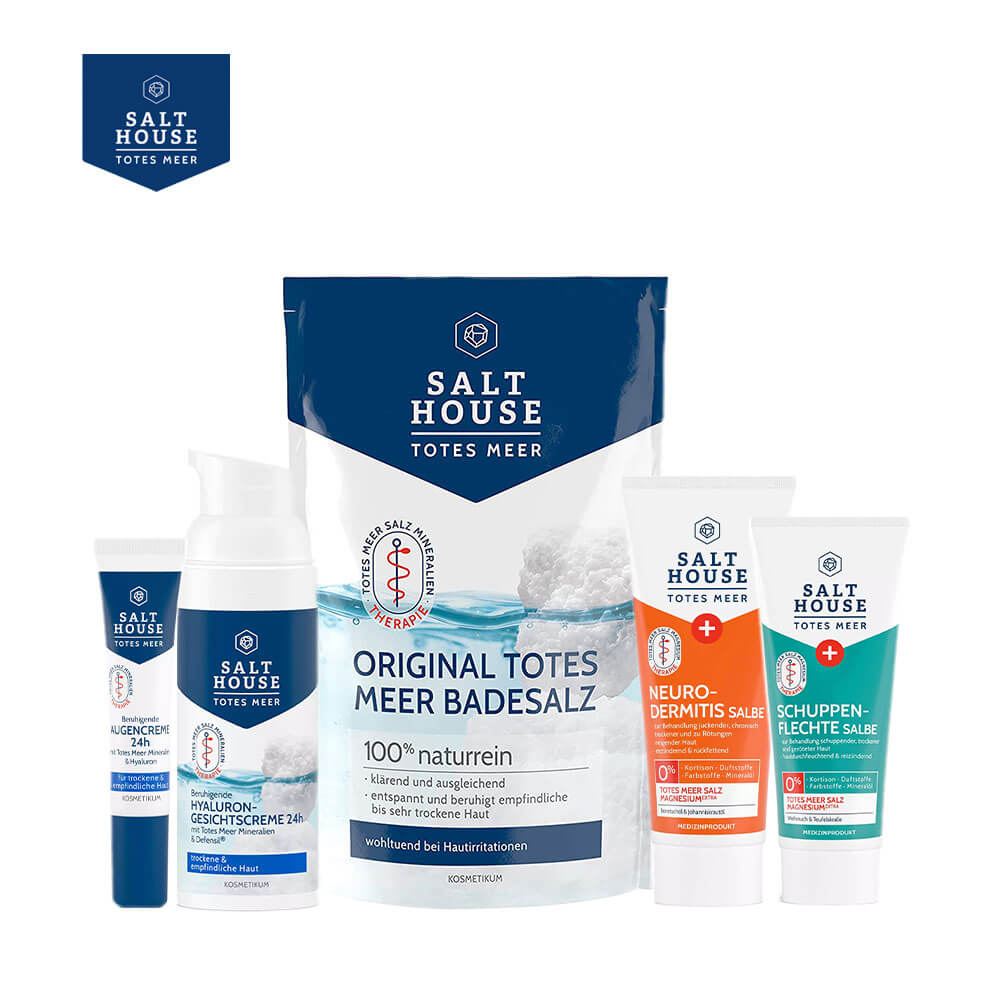
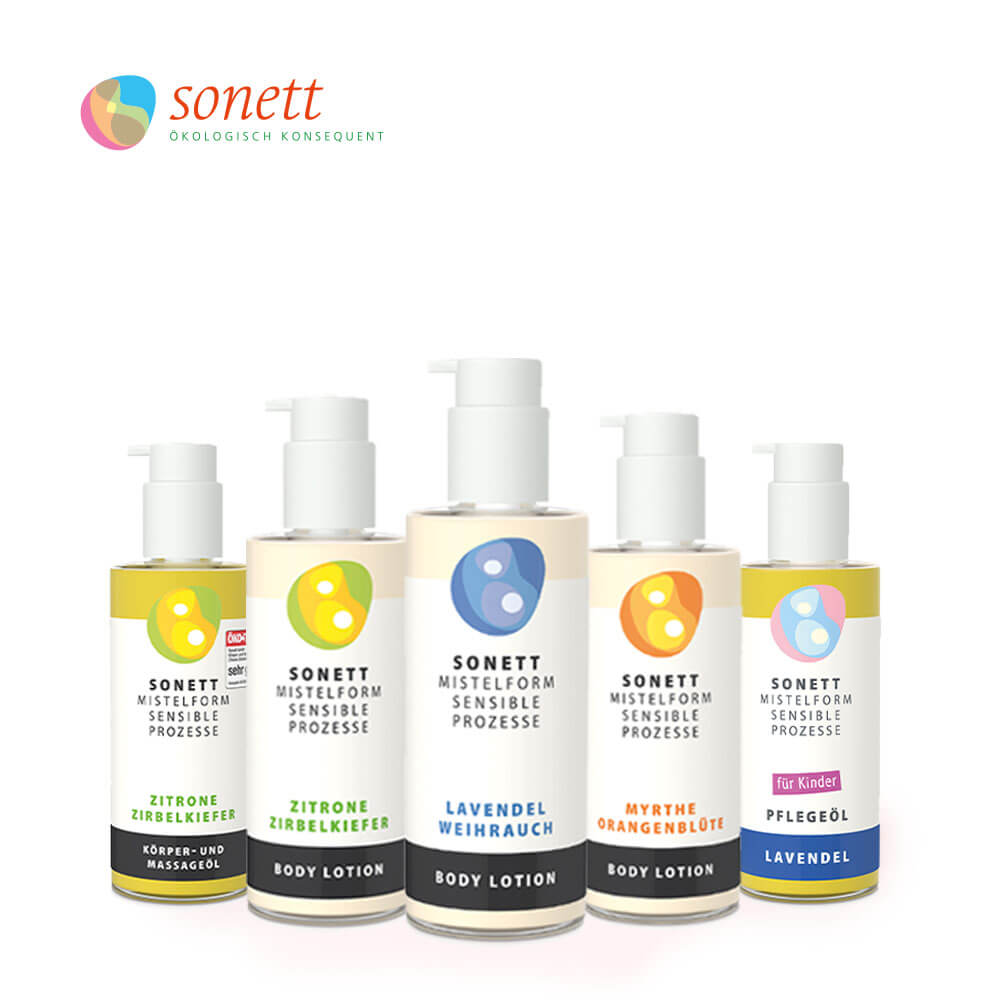
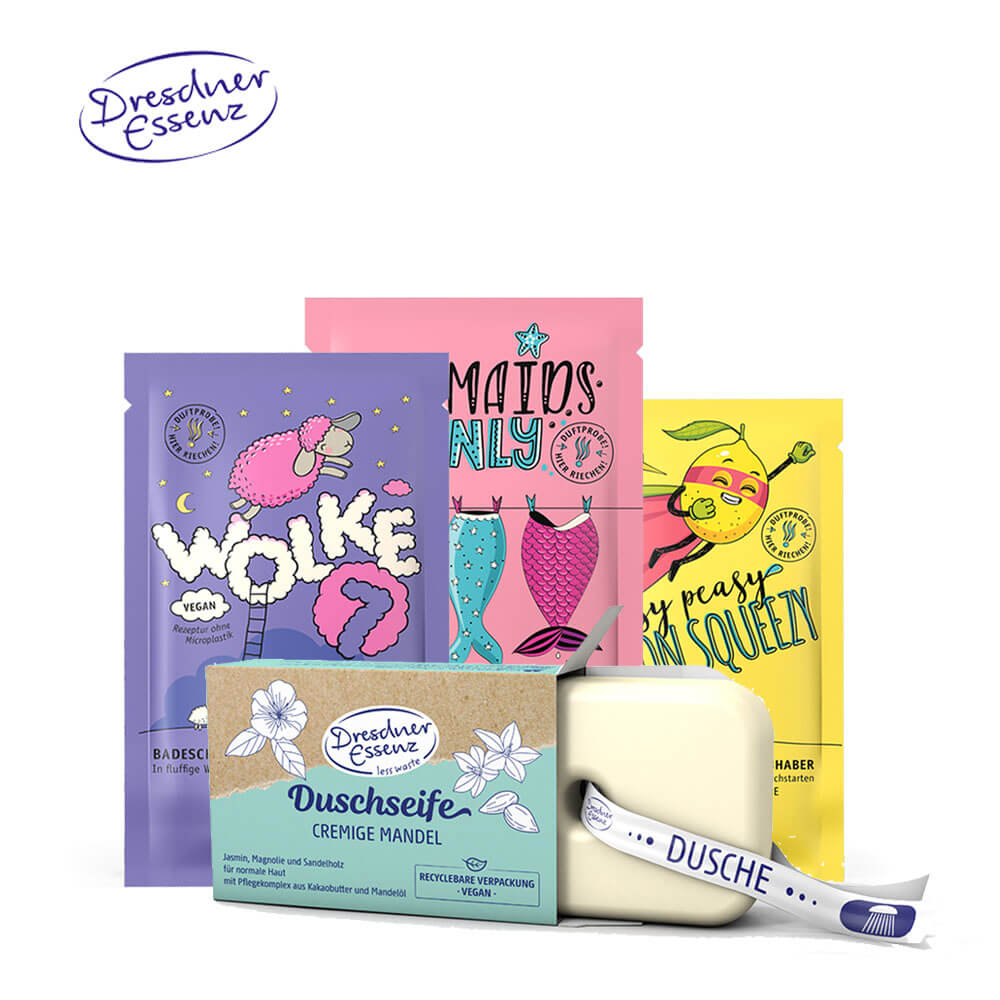
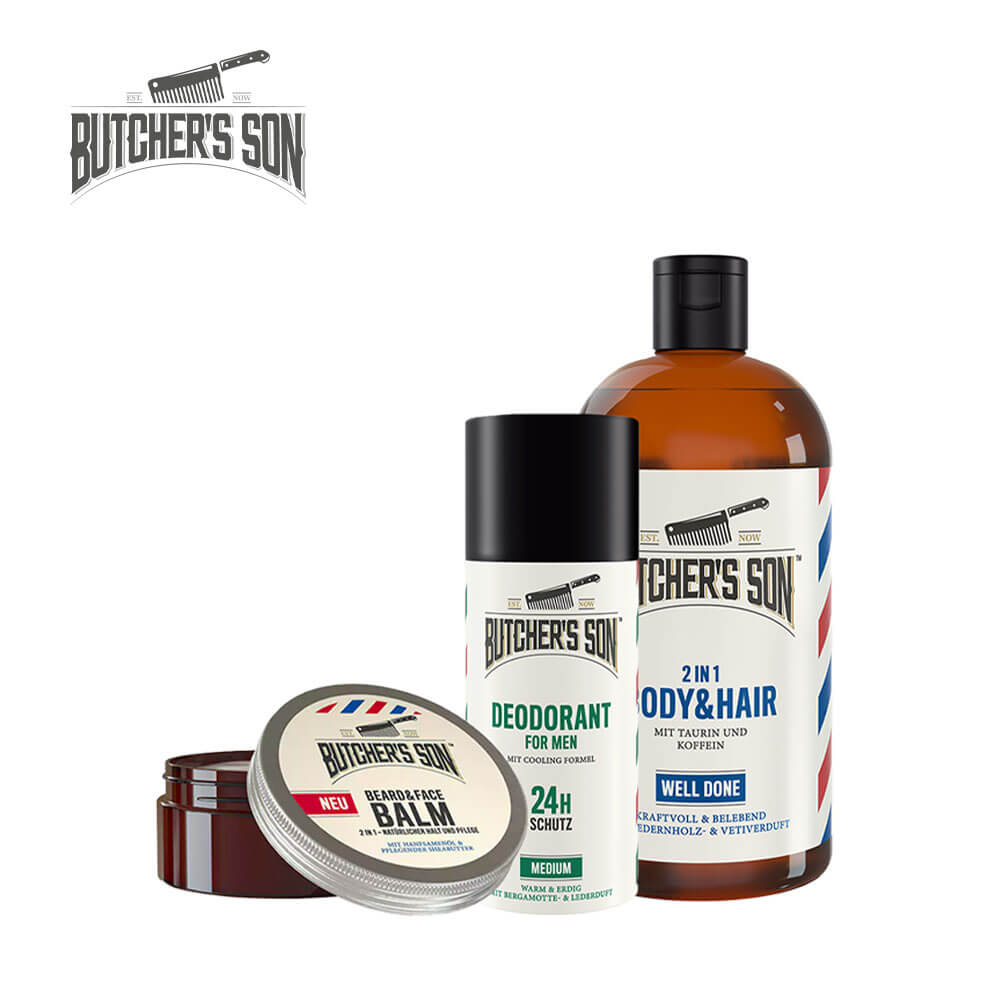
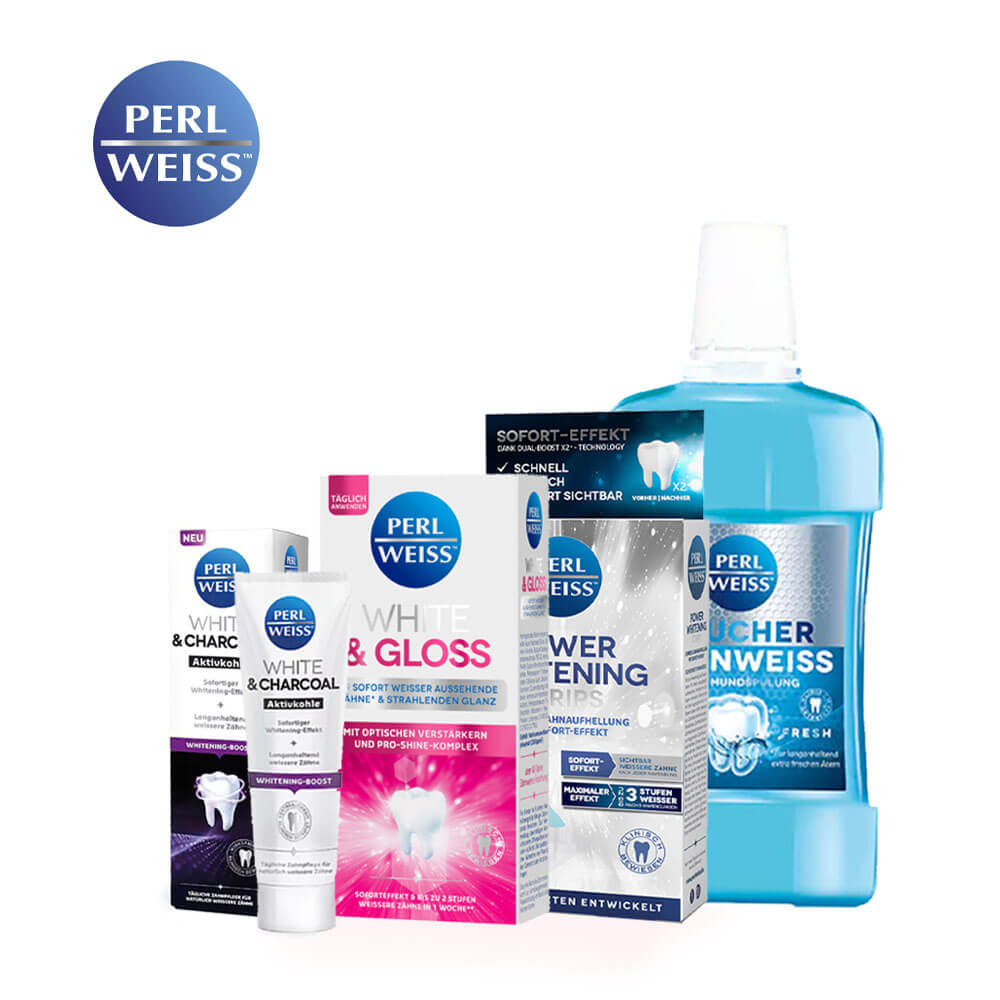
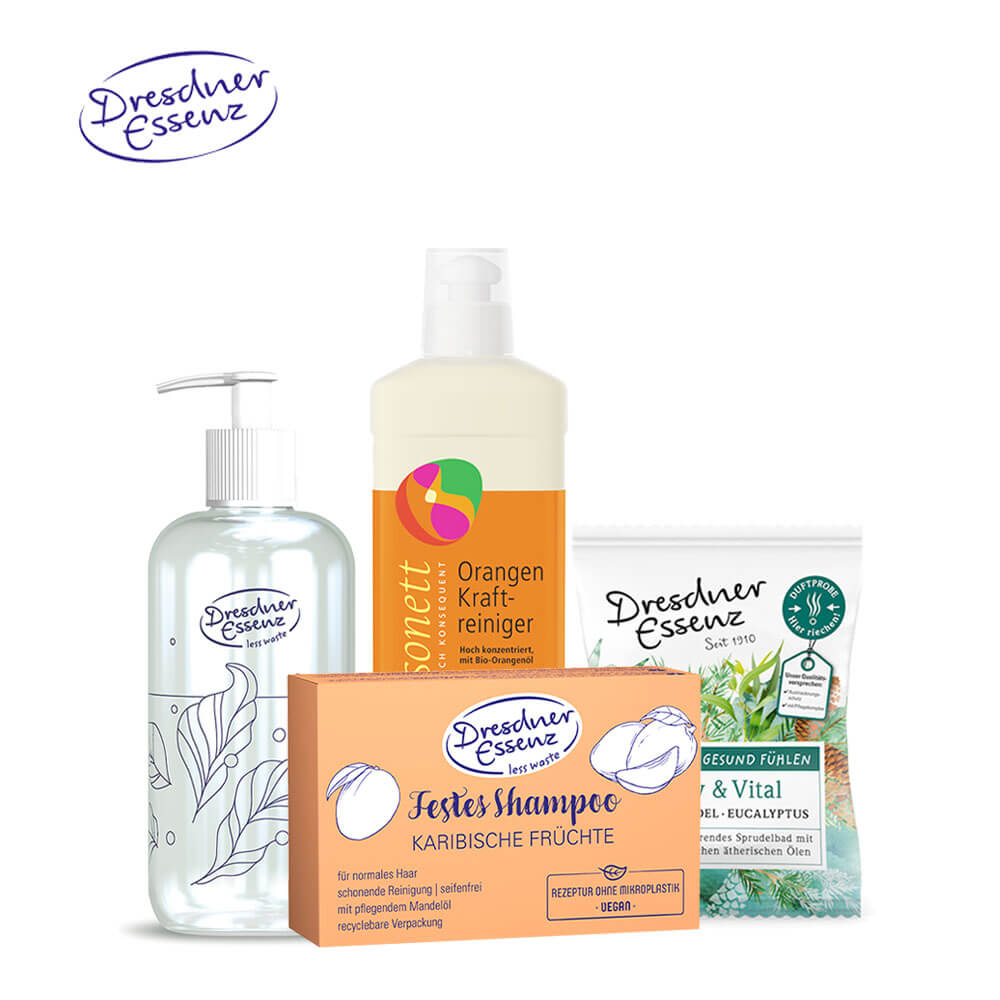
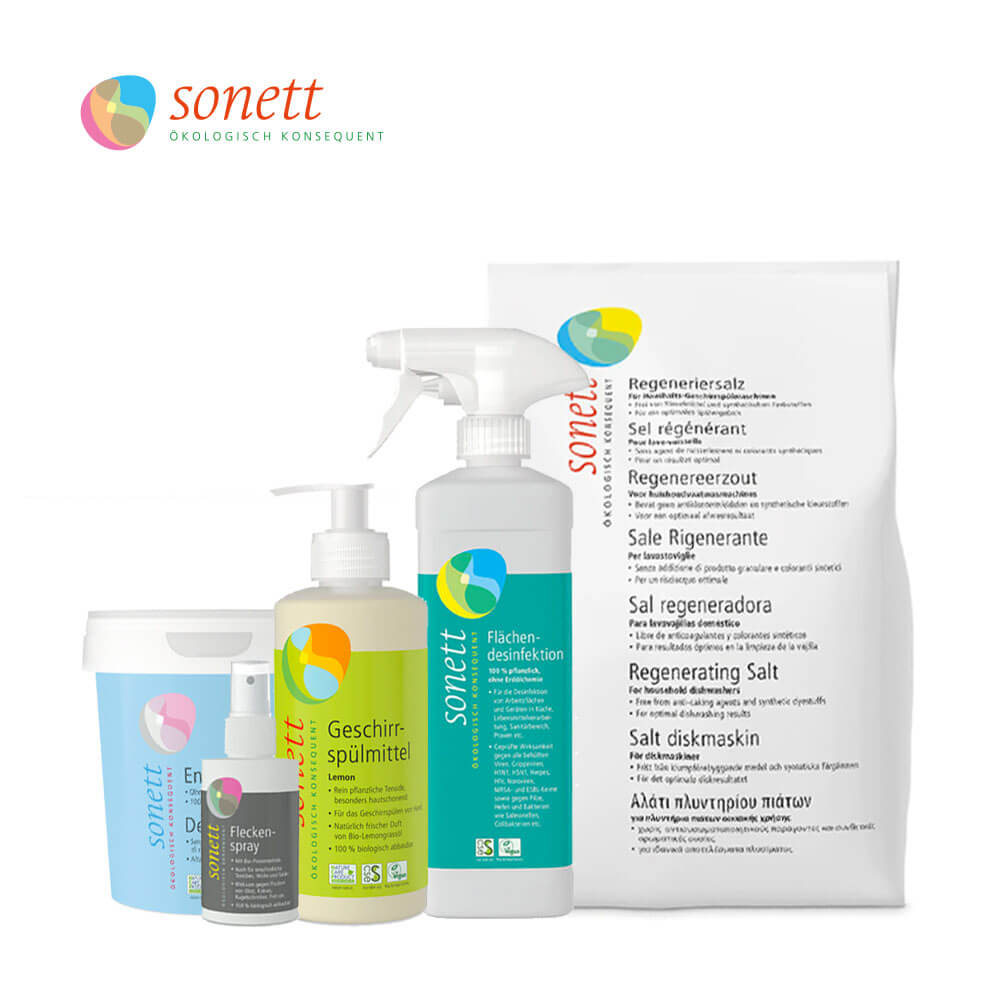
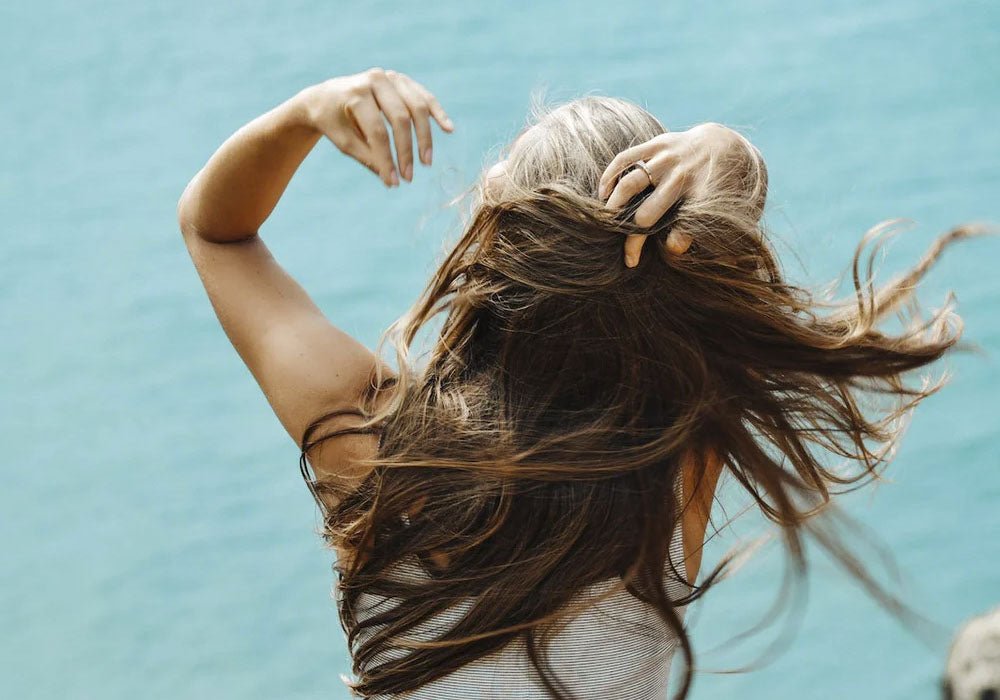

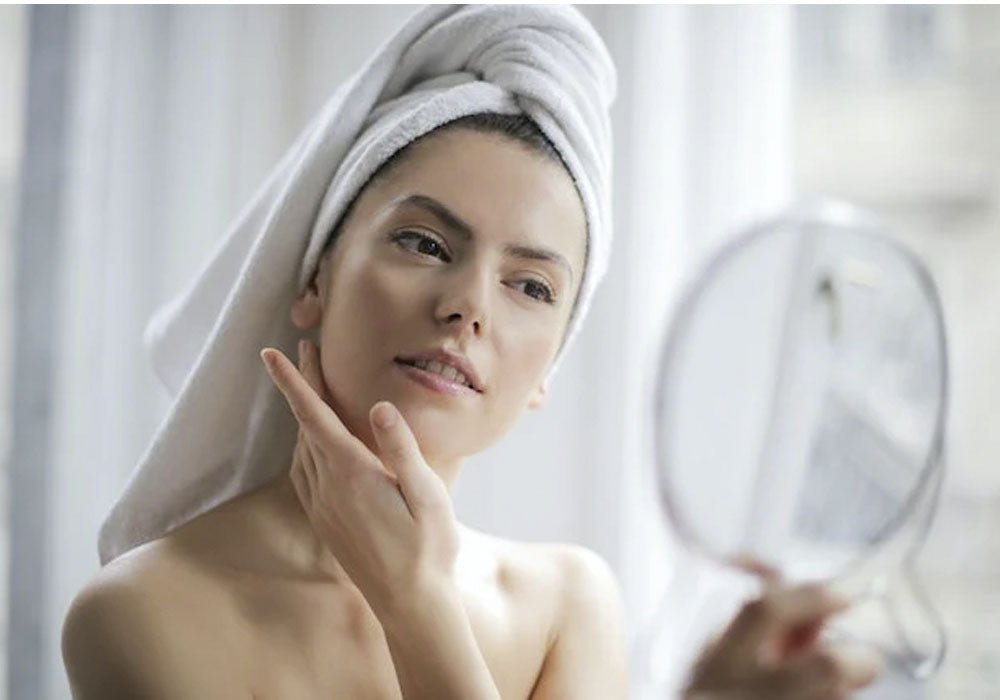
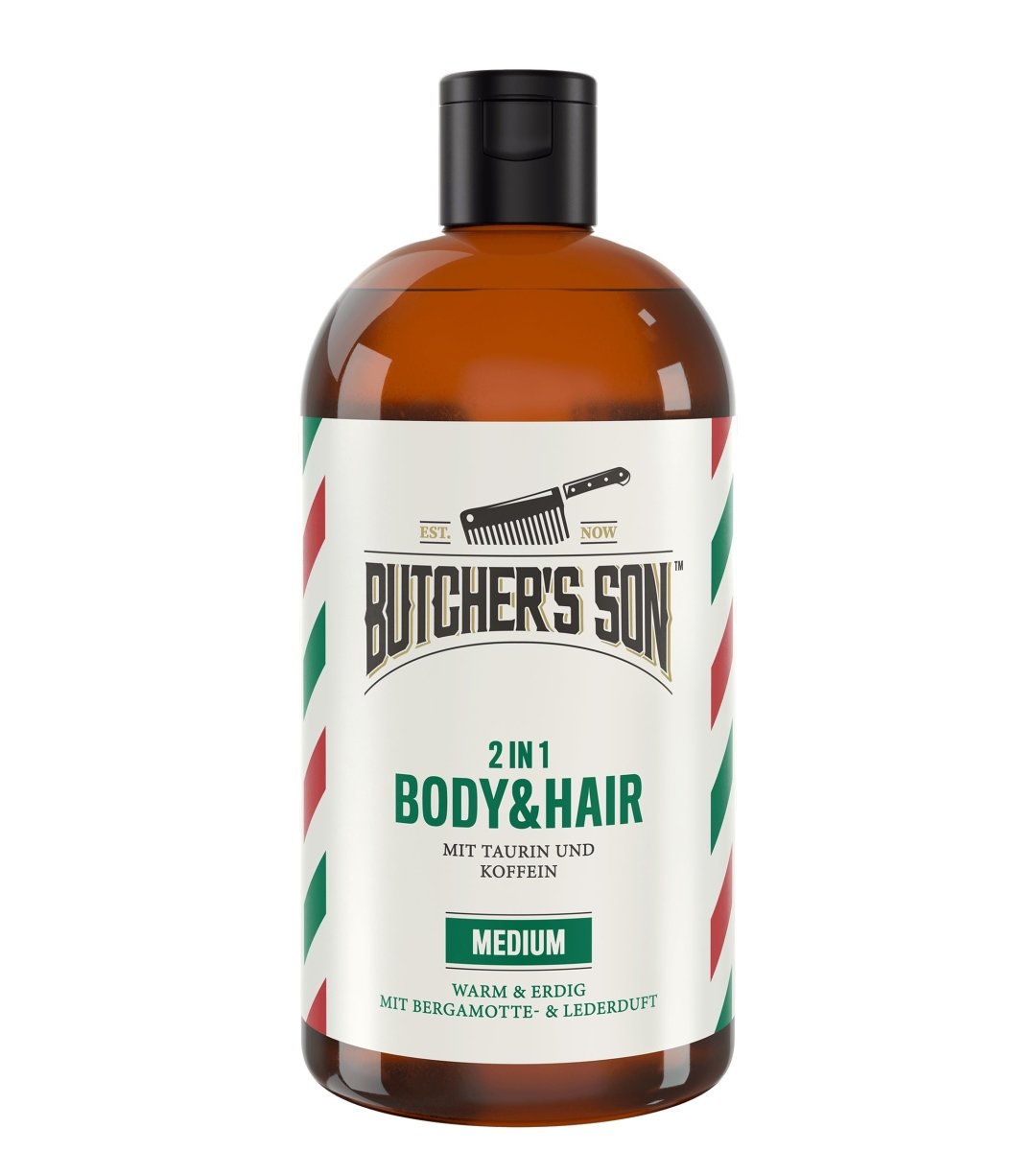
Leave a comment
All comments are moderated before being published.
This site is protected by reCAPTCHA and the Google Privacy Policy and Terms of Service apply.